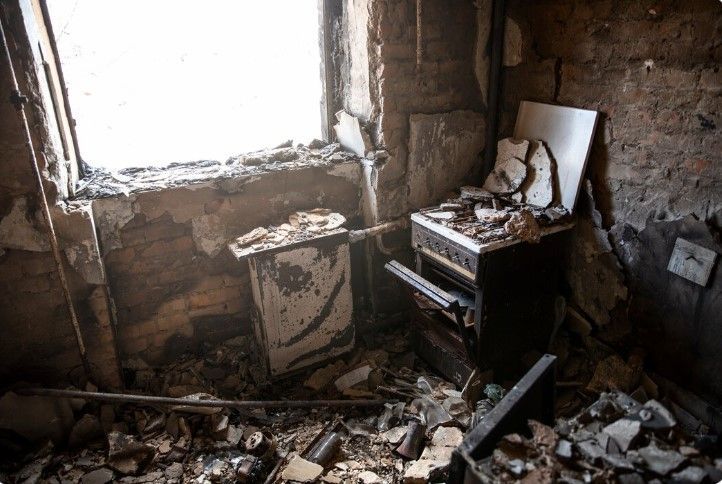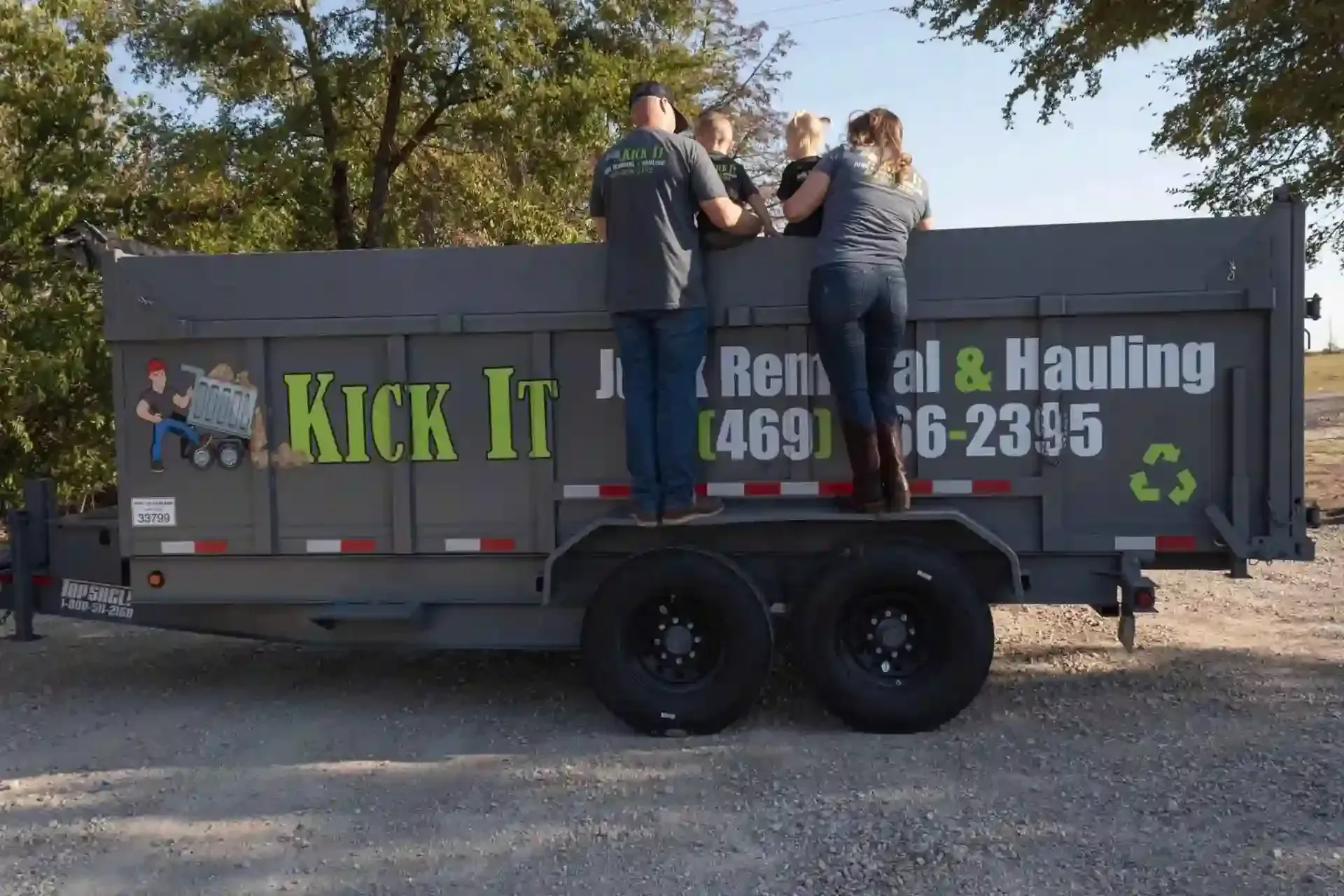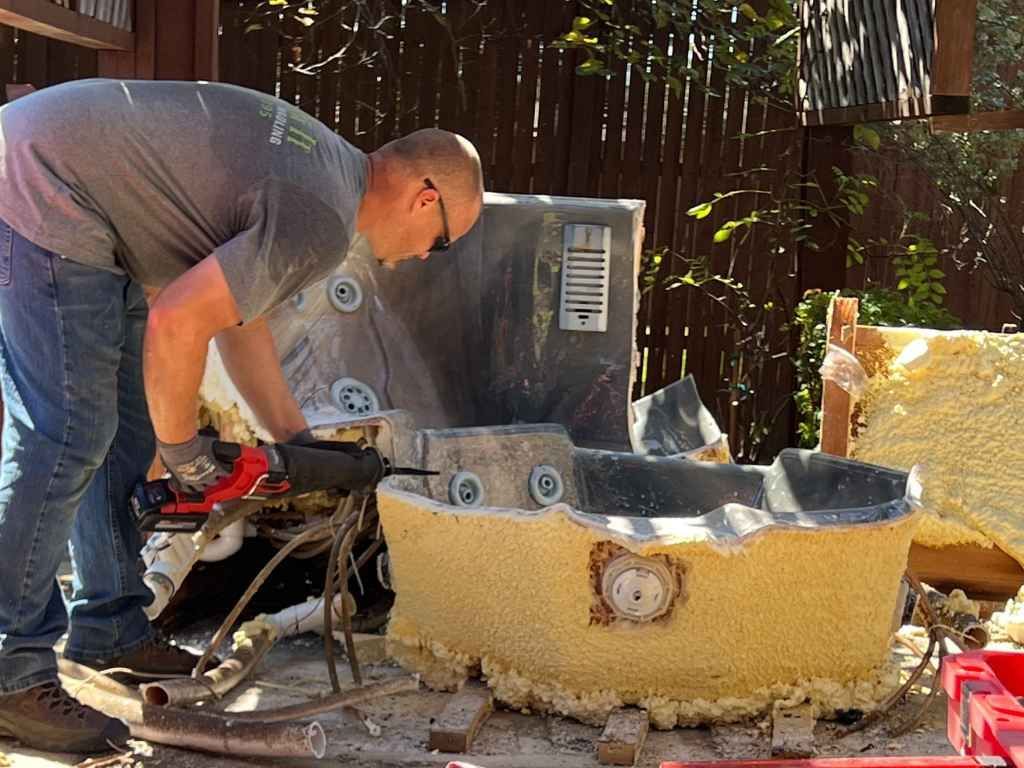The Environmental Benefits of Demolition Cleanup
Demolition projects are often seen as the destruction of old buildings to make way for new ones. While the term "demolition" itself evokes images of wrecking balls and debris scattered on the ground, it is essential to view the process from a broader perspective. Demolition cleanup, when approached with environmental responsibility, plays a crucial role in improving ecological outcomes. From waste reduction to pollution mitigation, demolition cleanup offers numerous benefits to our planet and the communities that inhabit it.
Waste Reduction and Resource Conservation
One of the most significant environmental impacts of traditional demolition is the vast amount of waste generated. Historically, much of the debris from demolished structures—such as concrete, wood, steel, and glass—has been disposed of in landfills. This practice not only occupies valuable space in landfills but also leads to the unnecessary consumption of resources. In fact, construction and demolition (C&D) debris make up a substantial percentage of the waste that is sent to landfills each year.
However, demolition cleanup, when conducted with sustainability in mind, significantly reduces this waste by salvaging and recycling building materials. Materials like steel, concrete, and wood can often be reused or repurposed for new construction projects, while other materials like glass and asphalt can be recycled. Recycling steel, for example, saves both energy and raw materials compared to manufacturing new steel, which requires mining iron ore and processing it in blast furnaces—an energy-intensive process that also contributes to pollution.
Furthermore, deconstruction—the process of carefully dismantling a building to salvage materials—is gaining popularity as a more environmentally friendly alternative to traditional demolition. Deconstruction allows valuable materials such as timber, bricks, and metals to be recovered for reuse, rather than being discarded. In turn, this minimizes the need for new raw materials, reducing the overall carbon footprint of the construction industry.
Pollution Mitigation
Pollution is a major concern when it comes to demolition activities. Dust, debris, and the release of hazardous materials can all contribute to environmental degradation, affecting both the immediate site and the surrounding areas. When left unchecked, these pollutants can harm the air, water, and soil, leading to long-term environmental and health issues for communities.
A well-executed demolition cleanup involves not only the removal of debris but also the management and disposal of hazardous materials such as asbestos, lead-based paints, and other toxic substances that may be present in older buildings. These materials pose significant health risks to both workers and the surrounding community. For example, inhaling asbestos fibers can cause lung diseases, including cancer, while lead exposure can result in neurological damage, particularly in young children.
By adhering to stringent environmental regulations, professional demolition services can prevent the spread of these hazardous materials. In addition, dust control measures such as water spraying, air filtration systems, and enclosed demolition methods can help reduce the airborne particles generated during demolition, which, if left uncontrolled, could contribute to air pollution.
The careful handling of debris and hazardous materials not only reduces pollution but also ensures that harmful substances are disposed of safely and responsibly, minimizing their impact on the environment. By mitigating the release of pollutants, demolition cleanup helps safeguard public health and the environment.

Energy Savings and Emission Reductions
The production of building materials is a highly energy-intensive process. Manufacturing new concrete, steel, and glass requires a significant amount of energy, which often comes from nonrenewable sources. This, in turn, contributes to greenhouse gas emissions, further exacerbating the problem of climate change.
Demolition cleanup that prioritizes the reuse and recycling of materials directly contributes to energy savings and the reduction of emissions. For example, recycling aluminum saves approximately 95% of the energy needed to create new aluminum from raw materials. Similarly, recycling steel saves around 60% of the energy required to produce new steel. This reduction in energy consumption not only cuts costs but also results in fewer carbon emissions from energy production.
Additionally, repurposing existing materials reduces the need for transportation, which further lowers emissions. When new materials are extracted, processed, and transported to construction sites, they contribute to carbon emissions throughout the supply chain. By reusing materials locally, demolition cleanup helps decrease transportation emissions, further reducing the environmental footprint of construction projects.
As society moves toward greater sustainability, energy savings and emission reductions from demolition cleanup can play a crucial role in mitigating the impacts of climate change. By adopting green demolition practices, we can reduce the demand for new materials and cut down on the overall carbon footprint of the construction industry.
Habitat Preservation
The expansion of urban areas often requires the development of previously undeveloped land. This process can lead to the destruction of natural habitats, which in turn disrupts ecosystems and threatens biodiversity. As cities grow, it becomes increasingly important to preserve open spaces and natural habitats to maintain a healthy and balanced environment.
Demolition cleanup can play a role in habitat preservation by promoting the reuse of existing structures rather than clearing undeveloped land for new construction projects. When a building is deconstructed instead of demolished, it reduces the need to build on greenfields, thus conserving valuable natural habitats. By repurposing buildings, we are able to minimize urban sprawl and protect biodiversity, allowing ecosystems to thrive undisturbed.
Furthermore, the careful removal of hazardous materials during demolition can also prevent environmental contamination, preserving the health of nearby habitats. Hazardous substances such as lead and asbestos can have long-lasting effects on the surrounding environment, contaminating soil and water and harming wildlife. Proper demolition cleanup ensures that these materials are safely removed, reducing their impact on surrounding ecosystems.
Economic Revitalization
In addition to the environmental benefits, demolition cleanup can provide a boost to the local economy. Urban renewal projects that involve the cleanup and repurposing of existing buildings often lead to the revitalization of neighborhoods, attracting new businesses, residents, and visitors. This transformation can breathe new life into declining areas, creating vibrant communities and providing opportunities for growth.
In many cases, the reuse of existing buildings can be more cost-effective than new construction. By salvaging materials and repurposing structures, developers can reduce the costs associated with building from the ground up. This can make urban revitalization projects more feasible, especially in areas that may not have the resources for brand-new developments.
Additionally, demolition cleanup creates jobs in areas such as deconstruction, waste sorting, and recycling, as well as in the reuse and resale of salvaged materials. These jobs contribute to local economies and provide workers with valuable skills in sustainable construction practices. The ripple effect of a successful demolition cleanup project can extend far beyond the construction site, benefiting local businesses, workers, and residents.
Job Creation and Skill Development
The green demolition movement is not only beneficial for the environment but also for the workforce. Deconstruction, as opposed to traditional demolition, requires a different skill set and a more meticulous approach. Workers must carefully dismantle buildings to salvage materials for reuse, which requires specialized knowledge and tools.
This focus on deconstruction creates jobs in the sustainable construction sector, providing opportunities for workers to learn new skills and contribute to a growing green economy. Jobs in deconstruction, recycling, and material recovery are becoming increasingly in demand as the construction industry shifts toward more sustainable practices.
Additionally, the training and certification of workers in green demolition practices ensure that the workforce is prepared for future demands in environmentally responsible construction. This investment in skill development can lead to higher-paying, long-term employment opportunities, helping workers build careers in an expanding field.
Storm water Management
Urban development often leads to an increase in impervious surfaces such as concrete, asphalt, and other non-porous materials. These surfaces prevent water from naturally soaking into the ground, leading to increased surface runoff during storms. This can result in flooding, erosion, and water quality issues.
During demolition, the removal of impervious surfaces and the introduction of permeable materials can help improve storm water management. By using permeable materials, such as gravel or porous pavers, in new construction projects, developers can reduce runoff and enhance the natural absorption of rainwater.
Moreover, green demolition practices can allow for the creation of green spaces, rain gardens, and other features that promote water infiltration and reduce flooding risks. These changes not only improve the functionality of urban areas but also contribute to the overall health of the environment.
Community Health and Safety
Abandoned buildings and deteriorating structures can pose significant health and safety risks to the surrounding community. Exposure to hazardous materials, structural instability, and the presence of pests can create dangerous conditions for residents and workers alike.
Proper demolition cleanup removes these risks, ensuring that the site is safe for future use. The careful removal of hazardous materials such as asbestos, lead, and mold prevents exposure to harmful substances that could affect public health. In addition, the removal of dangerous.
Conclusion
The environmental benefits of demolition cleanup are vast and undeniable. From waste reduction and pollution mitigation to energy savings and habitat preservation, demolition cleanup offers a path toward more sustainable and environmentally friendly urban development. By incorporating these practices into demolition projects, we can reduce the impact of construction on the environment while also creating economic opportunities, improving community health, and preserving cultural heritage.
For those looking to make a positive impact through their demolition projects, professional services like Kick It Junk Removal & Hauling in Forney, Texas, offer expertise in environmentally responsible demolition cleanup. From waste removal to material recycling, these services help ensure that your demolition project aligns with both environmental and community goals.
Kick It Junk Removal & Hauling
14339 Stanley Lane
Forney, Texas 75126
United States
Phone: 469-866-2395
Email: Paul@kickitservices.com











